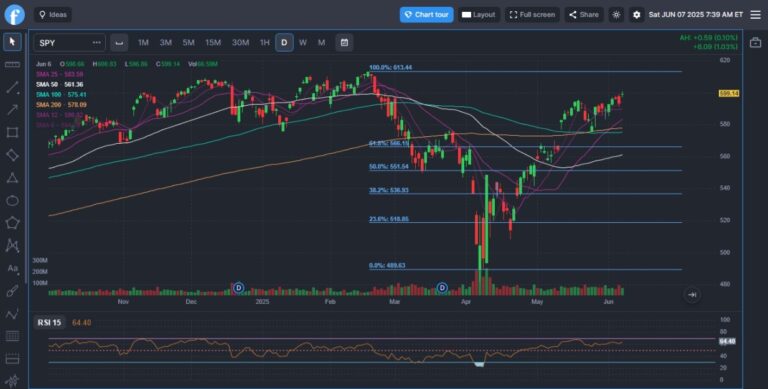Gamma scalping is a dynamic options strategy that lets you profit from price swings in the underlying asset, needing to predict direction. It’s like surfing volatility: you ride the waves up and down, adjusting your position to stay balanced and harvest gains from the motion.
Gamma Scalping Core Idea
- Being long gamma (typically by owning at-the-money options).
- Delta-hedging frequently by buying or selling the underlying asset as its price moves.
- Capturing profits from these adjustments as the underlying fluctuates.
Each time you rebalance, you’re buying low and selling high, harvesting the convexity of the option’s gamma.
When Gamma Scalping Works Best
- Realized volatility > implied volatility (you’re profiting from movement that wasn’t priced in).
- You can rebalance frequently with low transaction costs.
- The market is choppy or range-bound, giving you multiple swings to scalp.
Risks & Considerations
- Theta decay: You’re paying for time premium, so if the underlying doesn’t move enough, you lose.
- Execution risk: Frequent hedging requires precision and discipline.
- Volatility shifts: If implied volatility drops, your long options lose value.
The essence of gamma scalping: harvesting directional movement while managing delta exposure. It’s especially powerful when realized volatility exceeds implied volatility.
Gamma scalping can be a very powerful tool in your playbook, especially around earnings, Fed events, or macro catalysts.













